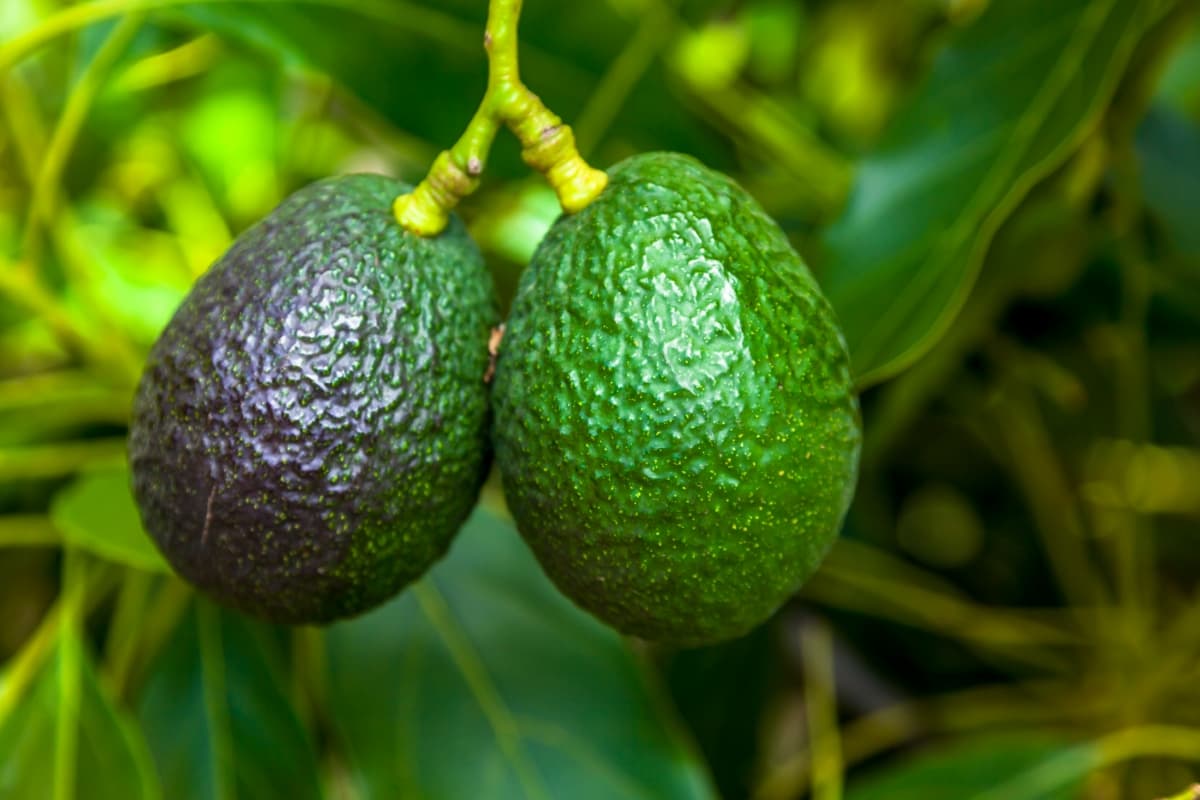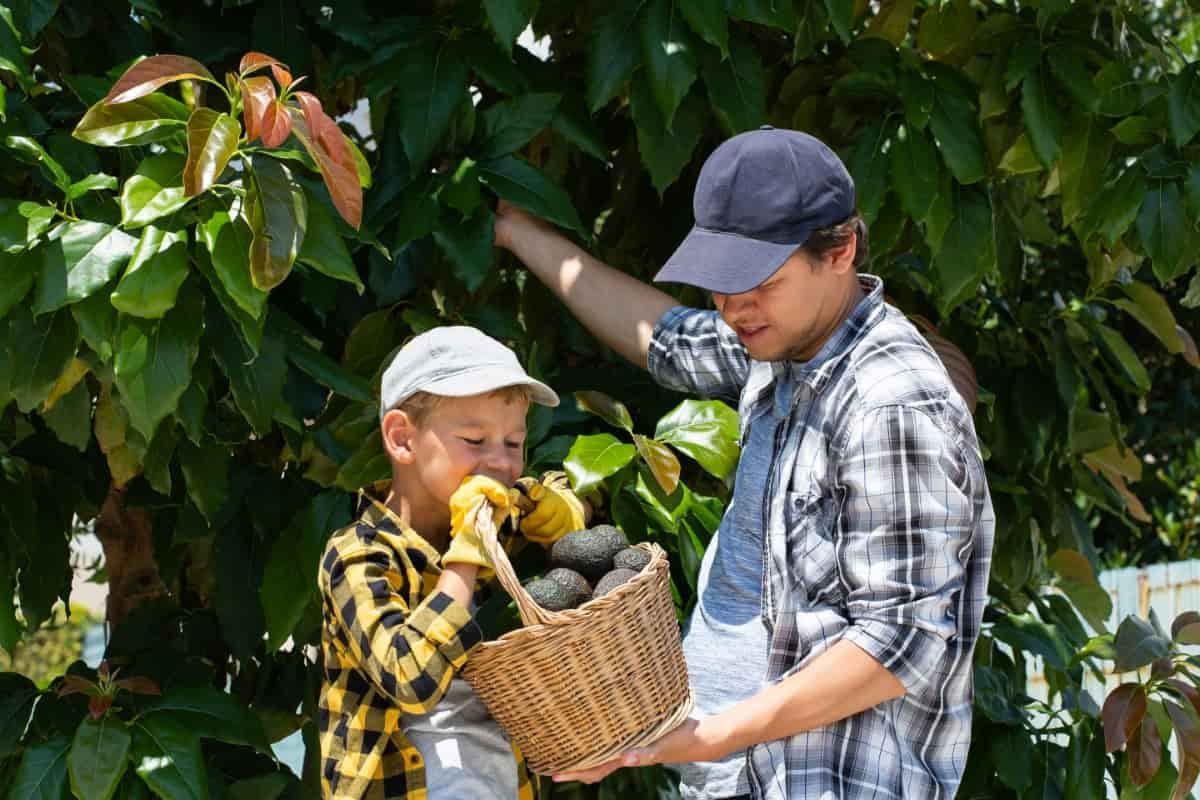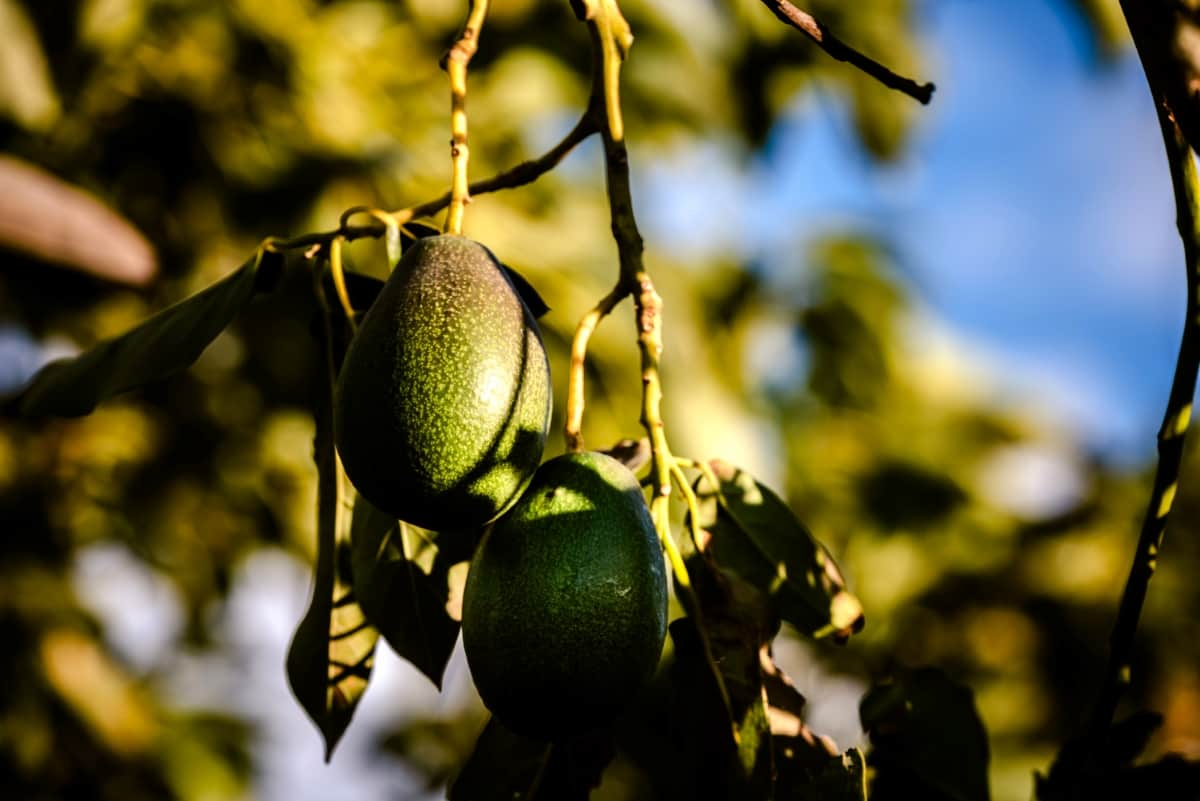Your avocado trees will be more productive and healthy if you use fertilizer. Avocado trees require regular fertilizer feedings to maintain their vigor and yield, especially if they are grown in containers in a garden where nutrients leach out every time you water them. Avocado trees can grow more fruit when fertilizer is used correctly.

It can promote flowering, growth, and fruit production. It also needs to understand the type and amount of nutrients removed from our field yearly (e.g., harvesting or pruning) and the plant nutrient requirements during specific growth cycles, such as flowering, to develop a specialized fertilization program for avocado trees.
Best Fertilizer for Avocadoes
Type of Fertilizer Needed for Avocado Tress
Fertilization of avocado trees should be done regularly. You should choose fertilizer based on the soil type your tree is growing in and how often you plan to fertilize it. Nitrogen fertilizers promote leaf growth, while phosphorus fertilizers promote root growth. Both types can be used together for best results. Since sandy soils are low in nutrients and can’t hold nutrients well, you may want to use a fertilizer with more nitrogen. Instead of using a fertilizer with more nitrogen, use one with more phosphorus if your soil holds nutrients well.
Check the packaging of fertilizers you purchase in stores or online for these things. For your avocado plant to produce strong roots supporting the tree while it produces fruit, you should use fertilizers that contain 2:1:1 NPK. The product should also contain high-quality, organic materials. Your tree’s avocados should not be treated with harmful pesticides or herbicides. A slow-release fertilizer is also recommended. Over a few months, plant spikes and granules will slowly release fertilizer to the avocado tree. Root burn can damage the roots if they are overwhelmed.
Amending the Soil Before Planting Avocado
Soil pH should be at least 7.0 for avocado trees. Before planting your tree, test your soil’s pH with a test kit or meter purchased from a nursery or garden center. Incorporate organic matter, such as sphagnum peat moss, if your soil is alkaline to improve drainage and gradually acidify the soil. For every 1200 grams of sphagnum peat moss, you add to a square yard of soil, the pH can be decreased by one unit.
Fertilizer for Young Avocado Trees
You are recommended to fertilize your avocado tree three times in the first year after planting it – once at the end of winter or early spring, once at the summer beginning, and once at the end of the season. During the winter, your tree will go dormant, and you shouldn’t fertilize it after late fall. Approximately 15 grams of nitrogen fertilizer should be broadcast or sprinkled around each tree’s soil. A thorough watering should follow fertilizer applications.
How to Fertilize a Mature Avocado Tree
Winter, as well as summer, are the best times to fertilize mature avocado trees. Choose a balanced, water-soluble fertilizer, such as 20-20-20. Add 60 grams of the solution to 4 liters of water. After each rain or irrigation, apply this to the soil underneath the tree. Use a nitrogen fertilizer in the spring or winter to encourage new growth. Apply this fertilizer every two weeks in March and May to encourage foliage growth.
In case you missed it: How to Grow and Care for Avocado in Pots: A Gardener Guide for Planting to Harvest

Mix 30 grams of high nitrogen fertilizer with 4 liters of water for an avocado tree with yellowed leaves due to nitrogen deficiency. In the spring and summer, fertilize with phosphorus if the leaves are dull and dark green, stems are thin and drooping, flowers develop but fail to produce fruit, and fruit falls off before it ripens. Phosphorus deficiency is characterized by browning leaves and gray or purple coloring along the leaf margins, followed by dieback on older limbs as the condition worsens.
Supplemental Nutrition For The Avocado Tree
Zinc may be required if your avocado tree grows in soil with a high pH level. In new growth, zinc deficiency symptoms typically include:
- The size of new leaves reduced
- Yellow or light green veins appear between the leaves
- Fruits of small size
You should apply zinc sulfate at the dripline and water it to a depth of at least 6 inches. The fertilizer quantity that needs to be applied depends on the size and type of soil the tree grows. It is recommended to give 300 grams of zinc to a tree that is two years old. Older avocado trees (20 years and older) should receive 3 kg of zinc. In addition, they claim that one application should last for several years. Dry trees should never be fertilized. Fertilize the avocado tree the evening before to allow its roots to absorb moisture and avoid fertilizer burn. After application, water the plant again.
Managing an Iron Deficiency in Avacado
Growing avocados in alkaline soil take a year or two, even if you amend the soil liberally with sphagnum peat moss. Meanwhile, your avocado tree will need foliar applications of chelated iron supplements. Avocado trees with an iron deficiency will have green veins and yellow margins on their newest leaves. Soil pH will be aided by mulching with sphagnum peat moss, and nutrients will be supplied to the soil. Regularly checking your soil’s pH with a soil meter will let you know when or if the pH problem has been resolved.
The Risk Of Overfertilizing an Avocado
The risks of overfertilization, especially for avocado trees, must be understood, as we may use it to boost growth or solve problems. As they are not heavy feeders and rarely require fertilizer in their later years of growth, adding fertilizer can damage their roots when not needed. Inconsistencies in growth may also prevent flowering or fruiting for an entire season, possibly longer. Follow the packaging instructions and only fertilize when necessary.
In case you missed it: How to Increase Female Flowers in Avocado: Explained in 10 Simple Steps

Conclusion
The avocado tree requires rich soil since it has a heavy feeder habit. Fruit production also requires a lot of water and sunlight. Fertilizing your avocado tree would be most beneficial if you want it to grow well or already bear fruit but not very abundantly. Fertilizers can supply nutrients missing in the soil naturally or when applied as needed instead of watering frequently with liquid nitrogen-containing fertilizers every month during the growing season.
- Feed Your Flock for Less: Top 10 Tips to Save on Chicken Feed
- Ultimate Guide to Ossabaw Island Hog: Breeding, Raising, Diet, and Care
- Hatching Answers: The Top 10 Reasons Your Chickens Aren’t Laying Eggs
- Eggs and Economics: Breaking Down the Cost of Raising Backyard Chickens
- Defend Your Greens: Proven Methods to Keep Iguanas Out of Your Garden
- Ultimate Guide to Cinnamon Queen Chicken: A Comprehensive Guide for Beginners
- Ultimate Guide to California Tan Chicken: Breeding, Raising, Diet, Egg-Production and Care
- Ultimate Guide to Marsh Daisy Chicken: Breeding, Raising, Diet, and Care
- 10 Types of Chicken Farming Businesses You Can Start for Profits